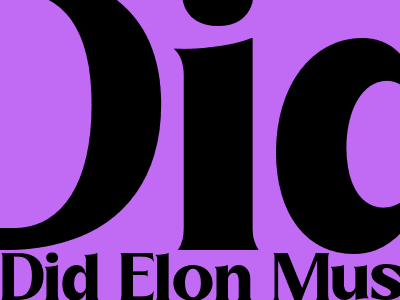
Did Elon Musk Change the Like Button for the 2024 US Elections?
The Truth Behind the Rumors
In the lead-up to the 2024 US elections, rumors have been circulating that Elon Musk, the CEO of Twitter, has made changes to the platform's like button. Some claim that he has altered the algorithm to prioritize certain political views or suppress others. However, these claims are unfounded, and Musk has repeatedly denied any such changes.
No Evidence of Algorithm Changes
There is no credible evidence to support the claims that Musk has changed the like button algorithm. Independent researchers and data analysts have examined the platform's data and found no significant changes in how likes are counted or displayed.
Twitter's algorithm considers various factors when determining the order in which tweets appear in users' feeds, including the number of likes, retweets, and interactions. Musk has stated that these factors remain unchanged and are not influenced by political bias.
Musk's Stance on Political Neutrality
Musk has repeatedly emphasized his commitment to maintaining Twitter as a politically neutral platform. He has stated that he believes in free speech and does not want to censor any viewpoints, regardless of their political affiliations.
Twitter's policies prohibit the spread of misinformation and hate speech, but these policies apply equally to all users, regardless of their political beliefs. Musk has taken steps to enforce these policies and has removed accounts that violate them, regardless of their political affiliation.
Conclusion
The rumors that Elon Musk has changed the like button for the 2024 US elections are unfounded. There is no evidence to support these claims, and Musk has repeatedly denied any such changes.
Twitter remains committed to political neutrality and does not prioritize or suppress any viewpoints based on political affiliations. The platform's algorithm considers various factors when determining the order in which tweets appear in users' feeds, and these factors are not influenced by political bias.